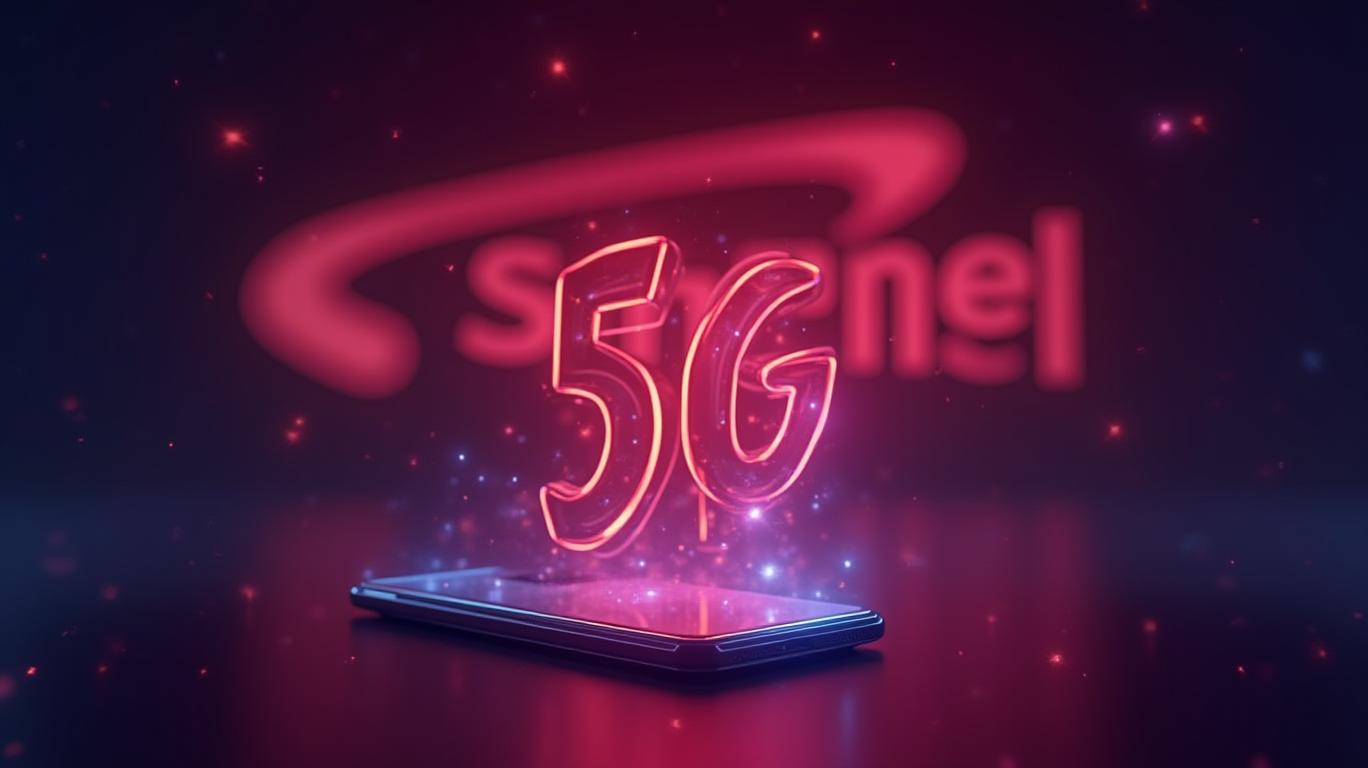Singtel's $2B Buyback: A Bold Stance on Value Creation Amid Telecom Turbulence
The telecommunications sector has long been a battleground of innovation and competition, but few companies have demonstrated the financial agility of Singtel in recent years. On the heels of a pandemic-era reset, the Singapore-based telecom giant has unveiled a SG$2 billion share buyback program, signaling both confidence in its post-pandemic resilience and a strategic shift toward shareholder value creation. This move, fueled by asset recycling and a robust dividend policy, raises critical questions: Is this a contrarian bet on Singtel’s future dominance, or a risky gambit in a crowded market? Let’s dissect the data.

The Buyback as a Vote of Confidence
Singtel’s announcement comes amid a surge in net profit to S$4.02 billion for FY2025, driven by a S$1.55 billion exceptional gain from divesting part of its Comcentre headquarters. This underscores a core strategy: asset recycling. The company has raised its mid-term target for such sales from S$6 billion to S$9 billion under its Singtel28 growth plan. The buyback, funded by these proceeds, is not just about returning capital—it’s about reallocating resources to high-growth areas like 5G infrastructure and digital services.
The move reflects Singtel’s belief that its shares are undervalued. With its stock hovering near S$3.85—a 1.1% rise on the day of the announcement—the buyback could catalyze further momentum.
Dividends and Shareholder Returns: A Tightrope Walk
Singtel’s dividend policy has long been a cornerstone of its investor appeal. The company targets a payout ratio of 70%–90%, but its FY2024 ratio spiked to 2.19x, far exceeding the industry median of 0.51x. While this was partially offset by a drop to 0.80x in Q3 2024, the inconsistency raises eyebrows. Investors will scrutinize whether the S$15.0 dividend per share in 2024 (including a special S$3.8 "Value Realisation Dividend") is sustainable.
The buyback adds another layer of complexity. Canceling shares reduces dilution and can boost earnings per share (EPS), but only if the repurchase price is below the company’s intrinsic value. Singtel’s dividend yield of 3.04% (vs. a historical high of 8.62%) suggests investors may be demanding proof of profitability beyond one-off gains.
Competitive Pressures and Macroeconomic Risks
Singtel’s dominance in Singapore and Australia faces relentless competition. New entrants like TPG Telecom and regional players in markets like Indonesia and Thailand are eroding margins. Meanwhile, 5G rollout costs—projected to hit full coverage in Singapore by end-2025—could strain cash flows.
Macroeconomic headwinds also loom. A potential global recession could delay enterprise digital spending, a key revenue driver. Additionally, Singapore’s foreign labor restrictions and rising wage subsidies may pressure operational costs, especially in construction-heavy projects like 5G infrastructure.
The Data-Driven Case for a Strategic Entry
Despite these risks, three data points argue for Singtel as a long-term play:
- Balance Sheet Strength: With net debt/EBITDA at a conservative 1.2x (vs. industry averages of 2.5x+), Singtel has ample room to weather storms.
- Asset Recycling Pipeline: The S$9 billion target implies continued capital returns, with 5G and digital services (via new subsidiaries like Singtel IDS Cloud) offering secular growth.
- Dividend Resilience: Even with the FY2024 payout ratio spike, Singtel’s free cash flow of S$4.02 billion (excluding one-off gains) suggests dividends are underpinned by recurring cash flows.
Conclusion: Buybacks as a Buy Signal
Singtel’s SG$2 billion buyback is more than a shareholder-friendly gesture—it’s a strategic bet on its ability to monetize legacy assets while dominating next-gen telecom infrastructure. While risks like competition and macroeconomic uncertainty linger, the company’s balance sheet, asset recycling discipline, and dividend history suggest it’s pricing in pessimism.
For investors, the thesis hinges on Singtel’s execution of its Singtel28 plan: Can it convert asset sales into growth without overextending? The buyback, funded by proven cash flows, offers a low-risk entry point to capitalize on Singapore’s tech-driven economy.
Final Call: Hold for income seekers; Buy for long-term growth investors willing to ride near-term volatility.
Data as of May 2025. Past performance does not guarantee future results.

Comments
No comments yet